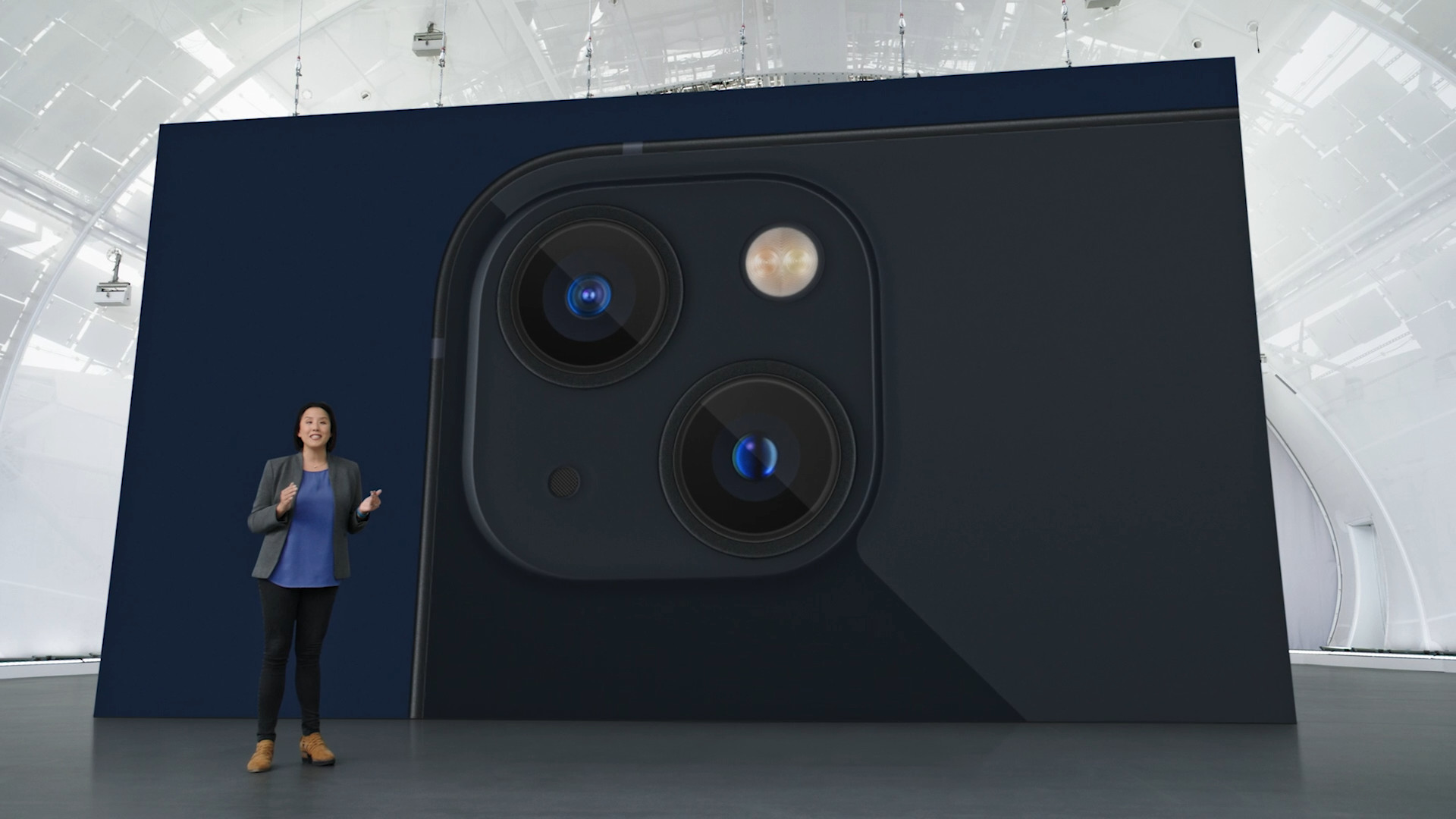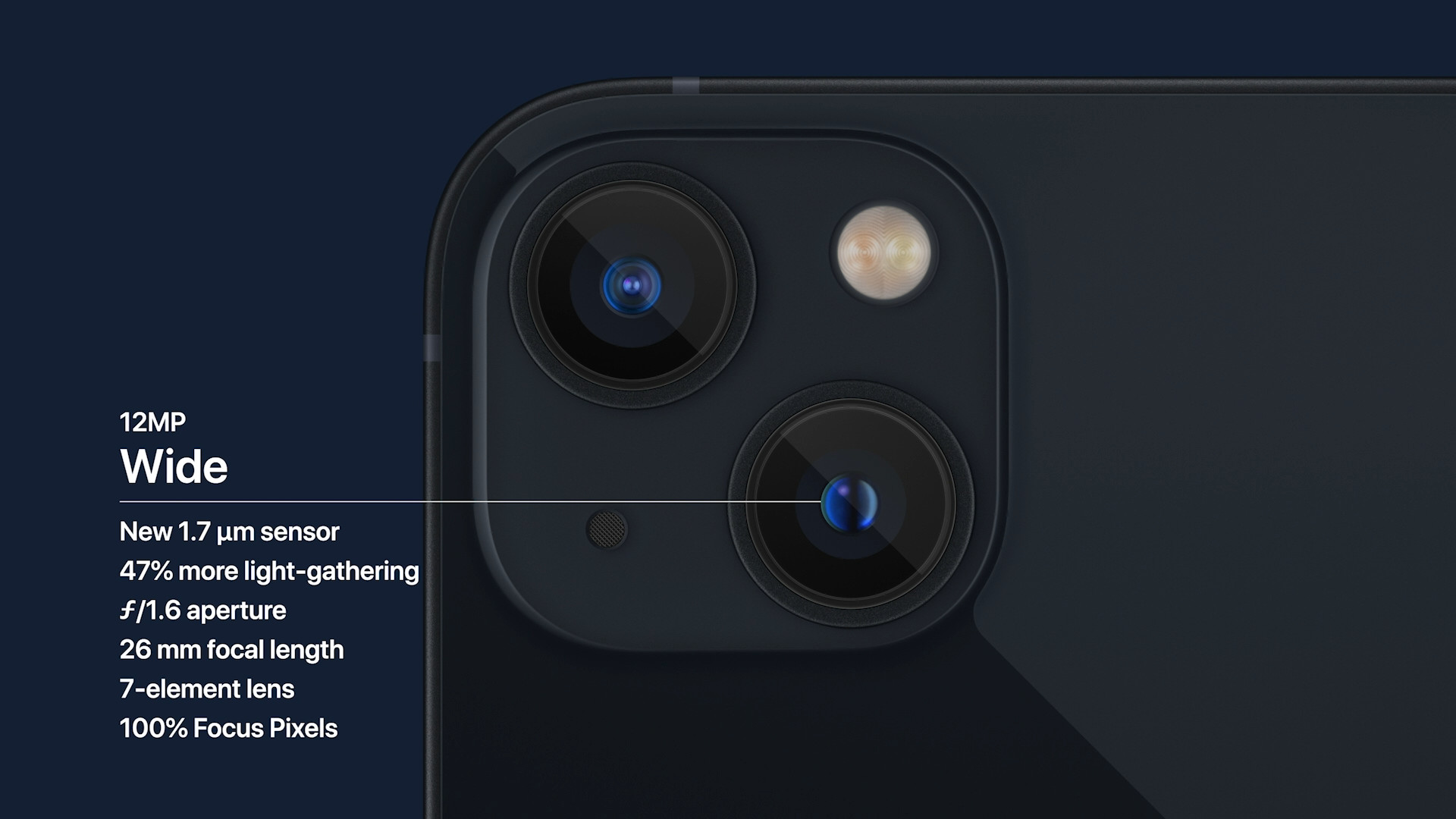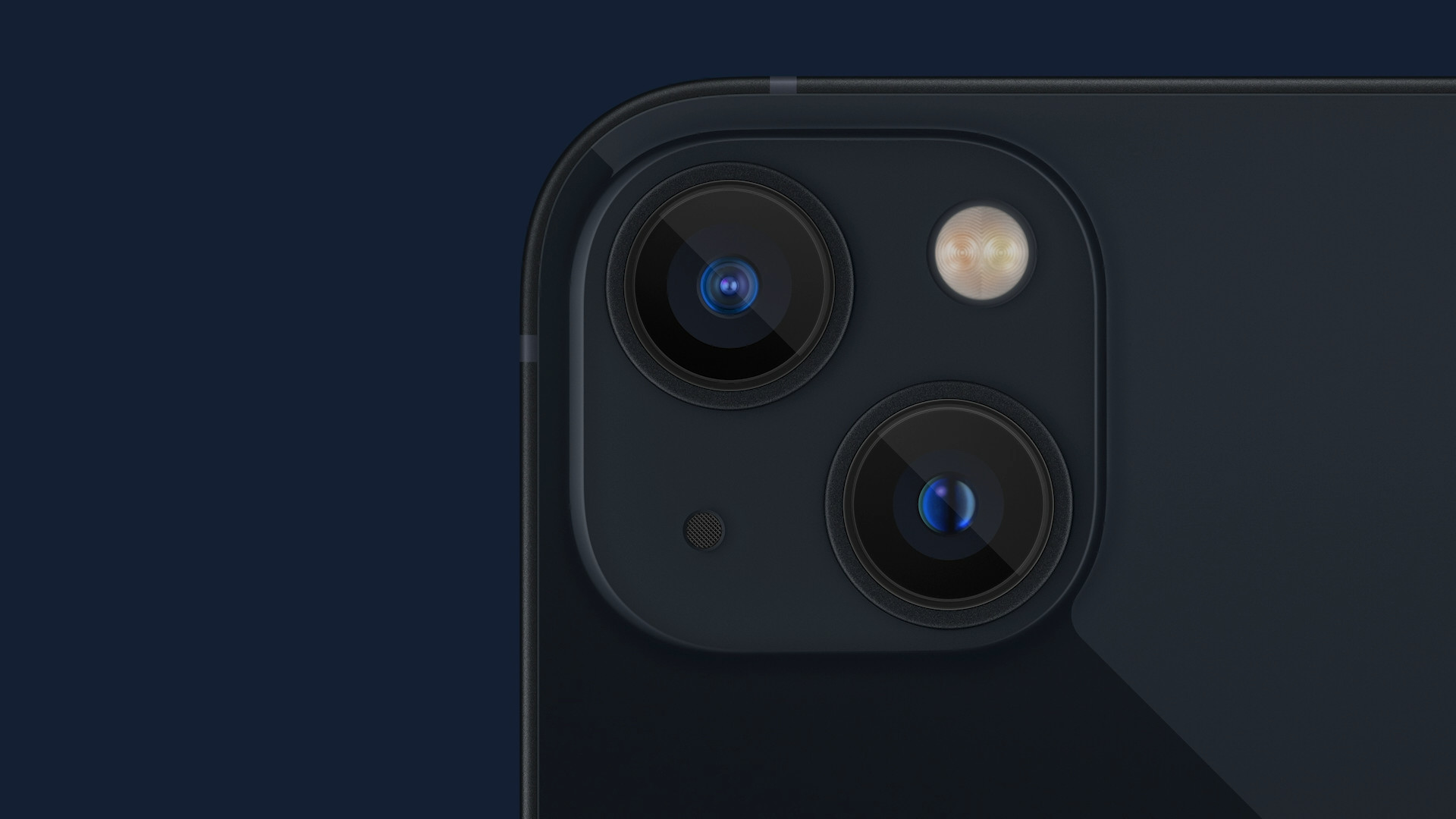What stabilization is the best when taking photos with a smartphone? Of course, the one that actually has nothing to do with the phone's equipment. It's about a tripod. But you don't always have it at hand and you won't take snapshots with it either. And that's why there is regular software stabilization, but from the iPhone 6 Plus also optical image stabilization (OIS) and from the iPhone 12 Pro Max even optical image stabilization with sensor shift. But what is the difference between them?
Optical stabilization was first present in the classic wide-angle camera, but Apple already uses it to stabilize the telephoto lens from the iPhone X. However, optical image stabilization with sensor shift is still a novelty, as the company first introduced it with the iPhone 12 Pro Max, which offered it a year ago as the only one of the quartet of newly introduced iPhones. This year, the situation is different, because it is included in all four iPhone 13 models, from the smallest mini model to the largest Max.
If we talk about the camera in a mobile phone, it consists of two most important parts - the lens and the sensor. The first indicates the focal length and the aperture, the second then converts the light incident on it through the lens in front of it into a photograph. Nothing has changed on the basic principle, even if compared to DSLR devices, it is an obvious miniaturization into a compact body. So here we have two main elements of the camera and two different stabilizations. Each stabilizes something else.
It could be interest you
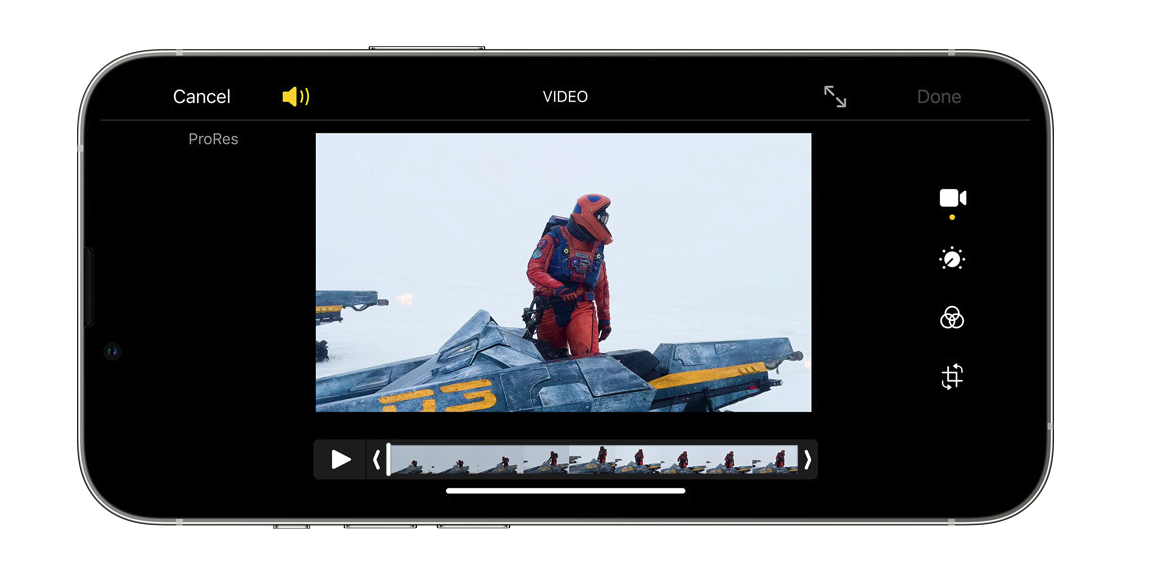
Differences of OIS vs. OIS with sensor shift
Classic optical stabilization, as its name suggests, stabilizes the optics, i.e. the lens. It does so with the help of various magnets and coils, which try to determine the vibration of the human body, and which can change the position of the lens thousands of times per second. Its disadvantage is that the lens itself is quite heavy. In contrast, the sensor is lighter. Its optical stabilization therefore moves with it instead of the lens, again with the help of magnets and coils, thanks to which it can adjust its position up to 5x more often compared to OIS.
While sensor-shift OIS may clearly have the upper hand in this comparison, the differences are actually very small. The disadvantage of OIS with sensor displacement is also in a more complex and space-consuming technology, which is why this function was introduced exclusively with the largest model of the iPhone 12 Pro Max, which offered the most space in its guts. It was only after a year that the company was able to bring the system to the entire new generation portfolio.
Maybe a combination of both
But when the manufacturer solves the problem with space, it is clear that the more advanced stabilization of the sensor leads here. But it's still not the best possible solution. Manufacturers of professional equipment can combine both stabilizations. But they are also not limited to such a small body, which is limited to a mobile phone. So, if manufacturers manage to reduce the necessary camera outputs, we can expect this trend, which will certainly not be established by the next generation of phones. OIS with sensor shift is still at the beginning of its journey. Apple will also first work on its implementation in the telephoto lens of the Pro models before starting to decide what to do next.
It could be interest you

If you want really sharp photos
Regardless of which mobile phone with which stabilization you own, and which lens you use to photograph the current scene, you can contribute to sharp images yourself. After all, stabilization reduces your weaknesses, which can be influenced to a certain extent. Just follow the points below.
- Stand with both feet firmly on the ground.
- Keep your elbows as close to your body as possible.
- Press the camera shutter at the moment of exhalation, when the human body trembles the least.
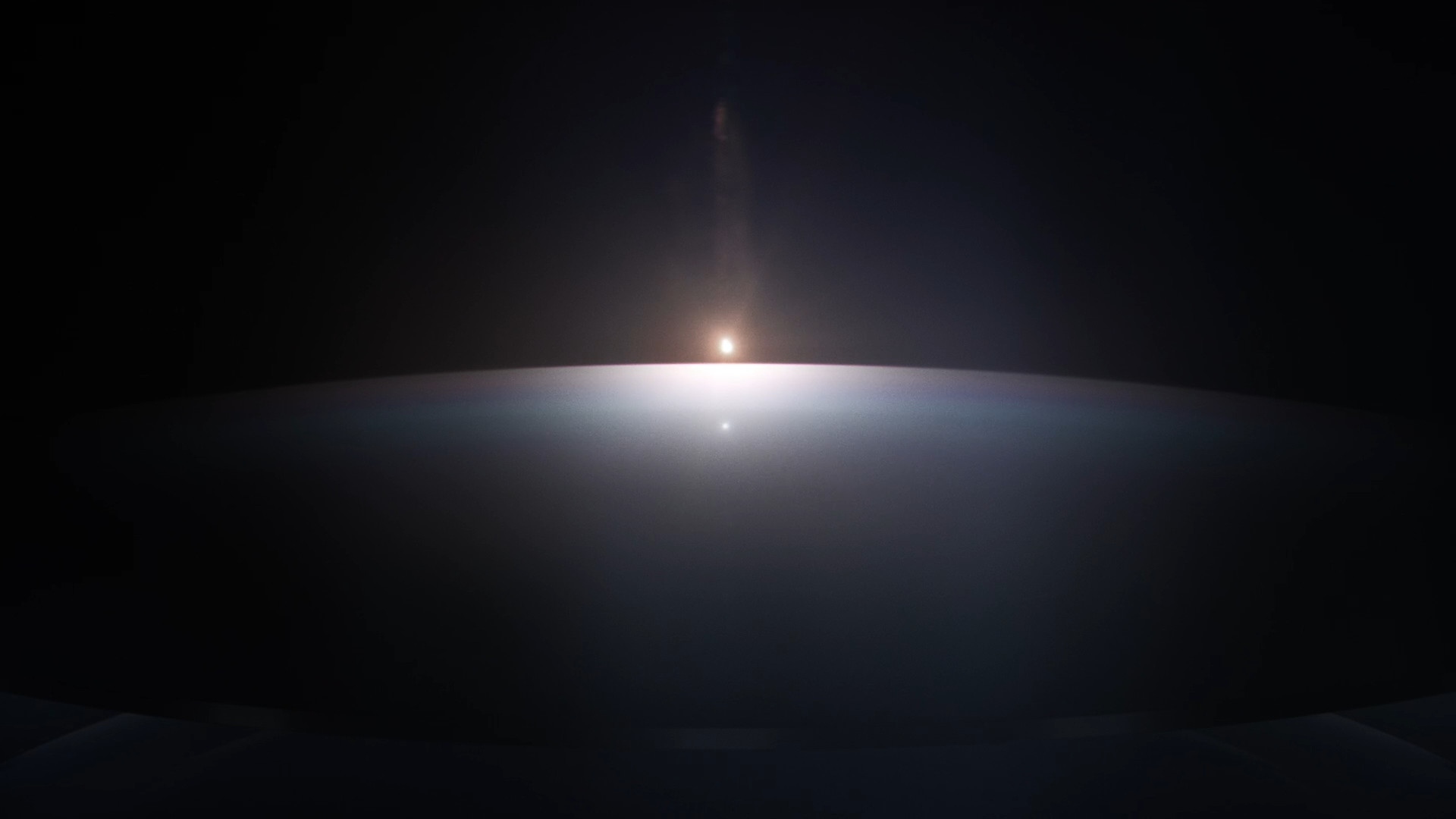
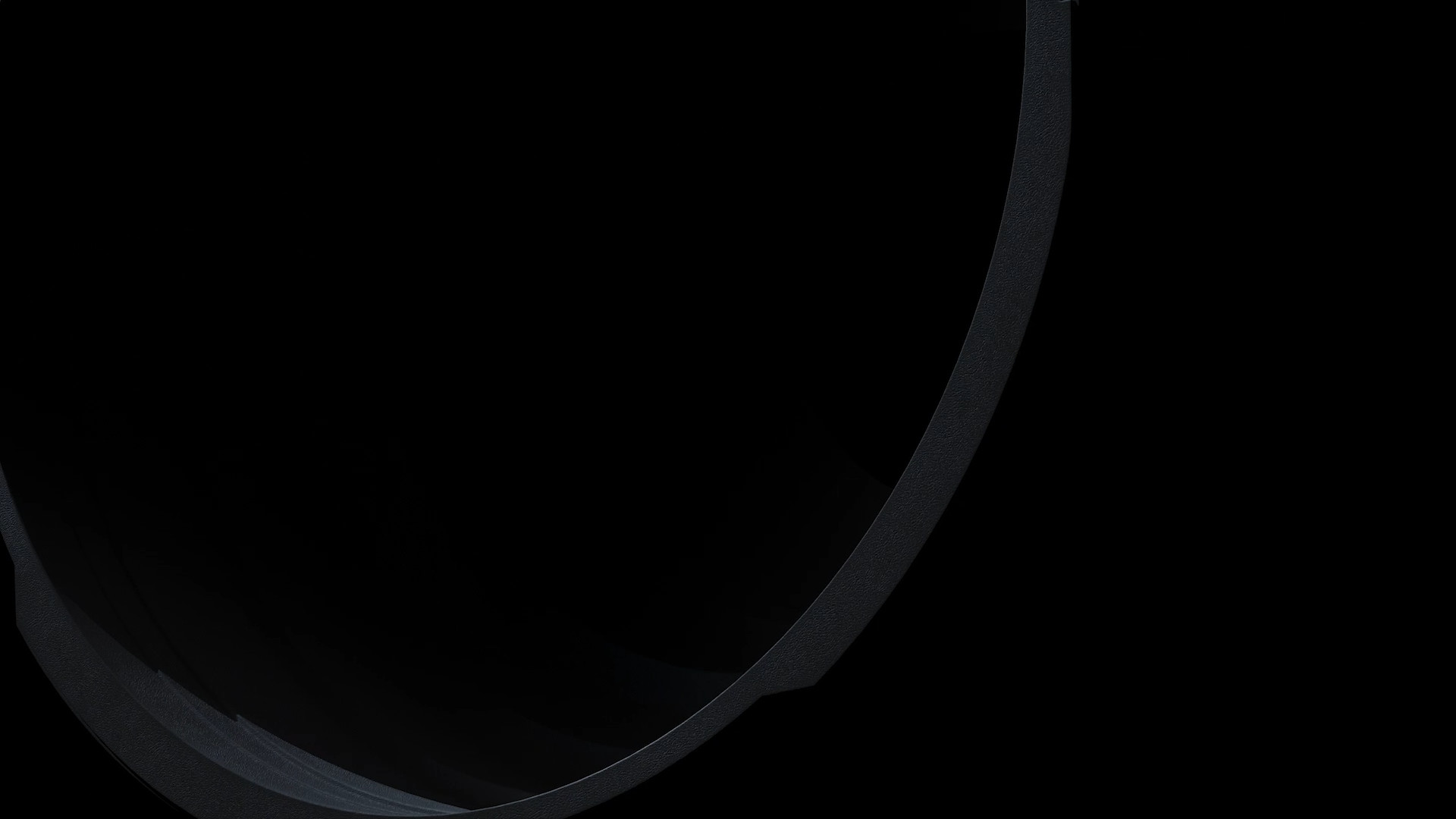

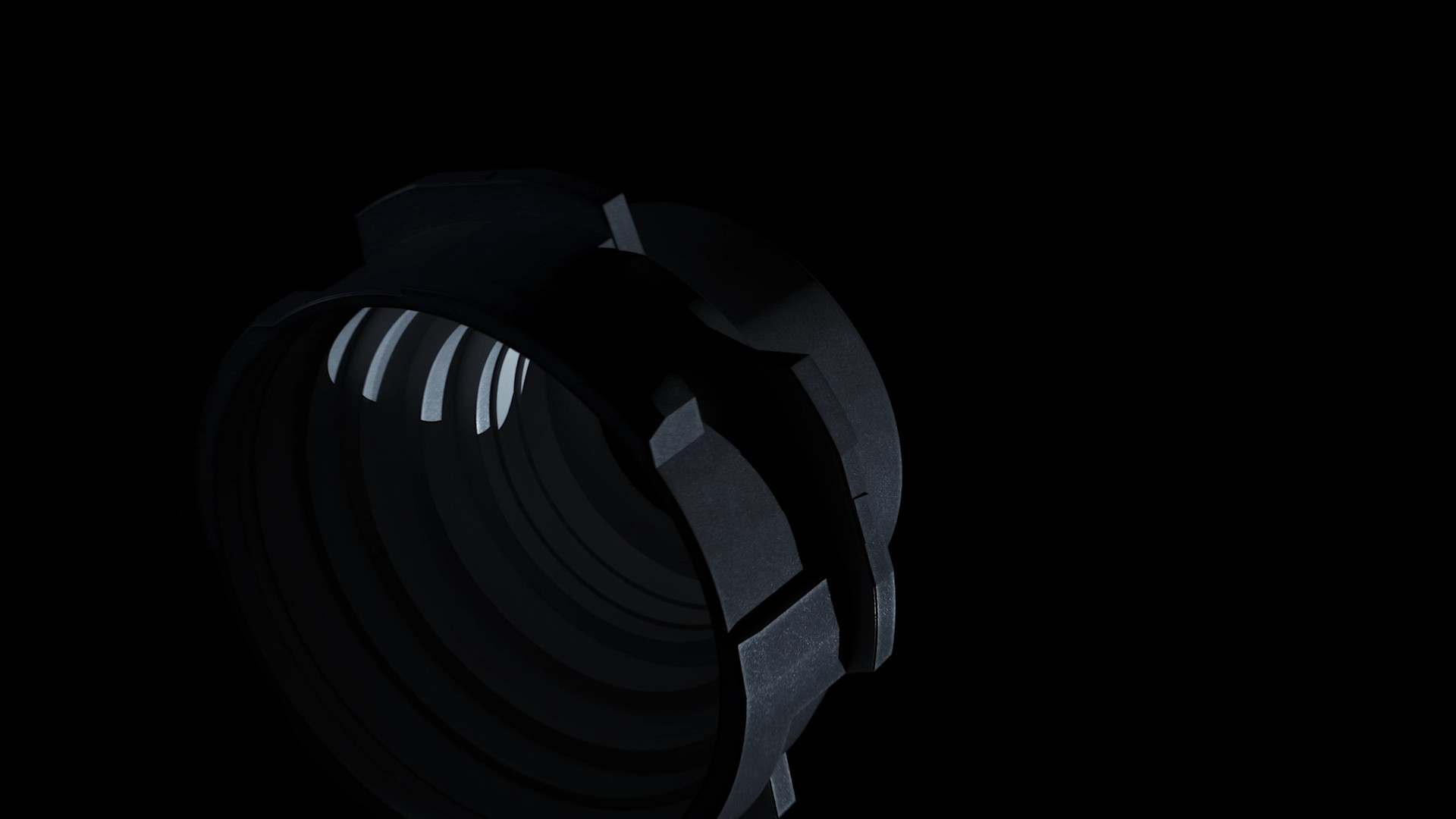
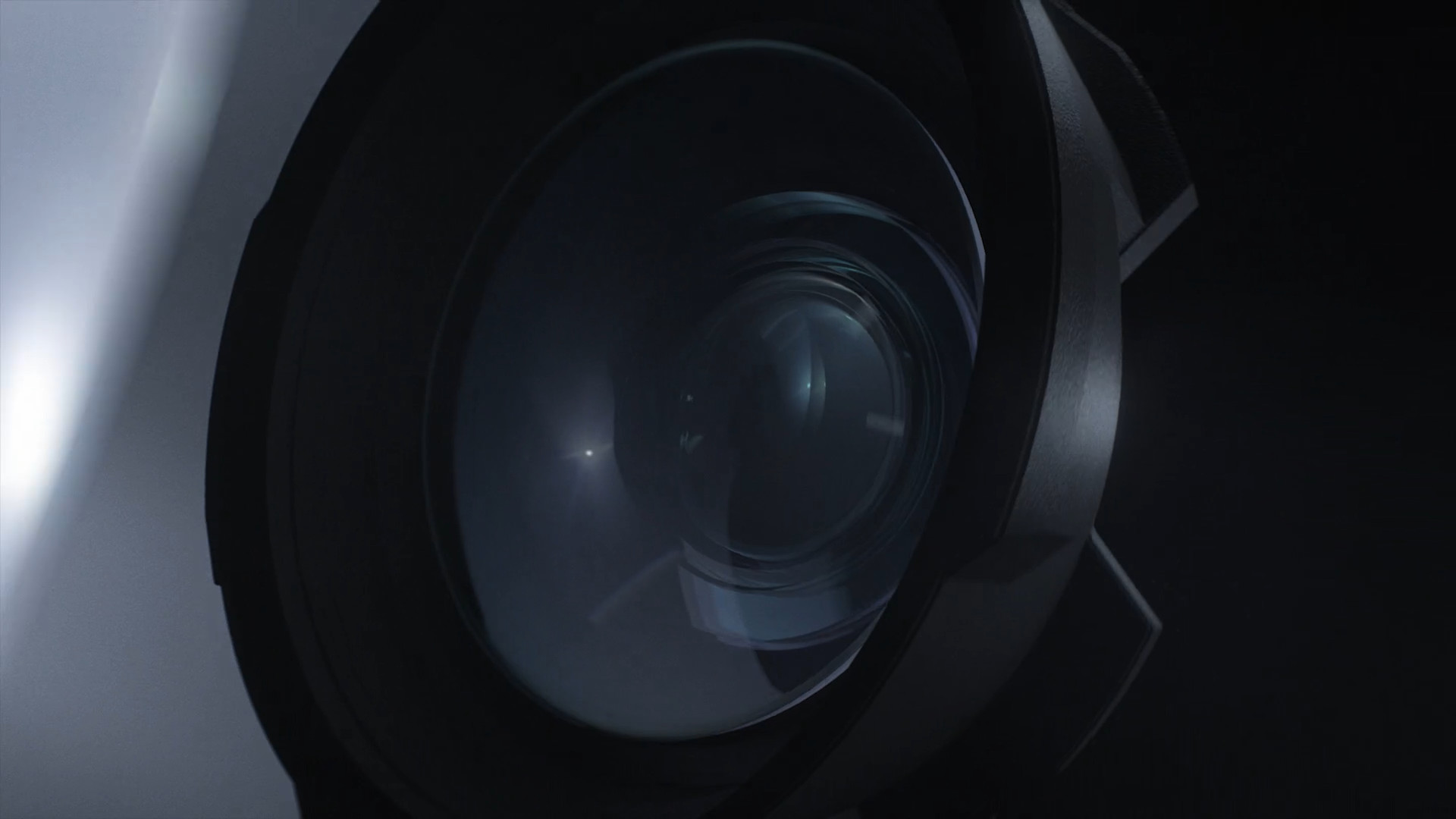

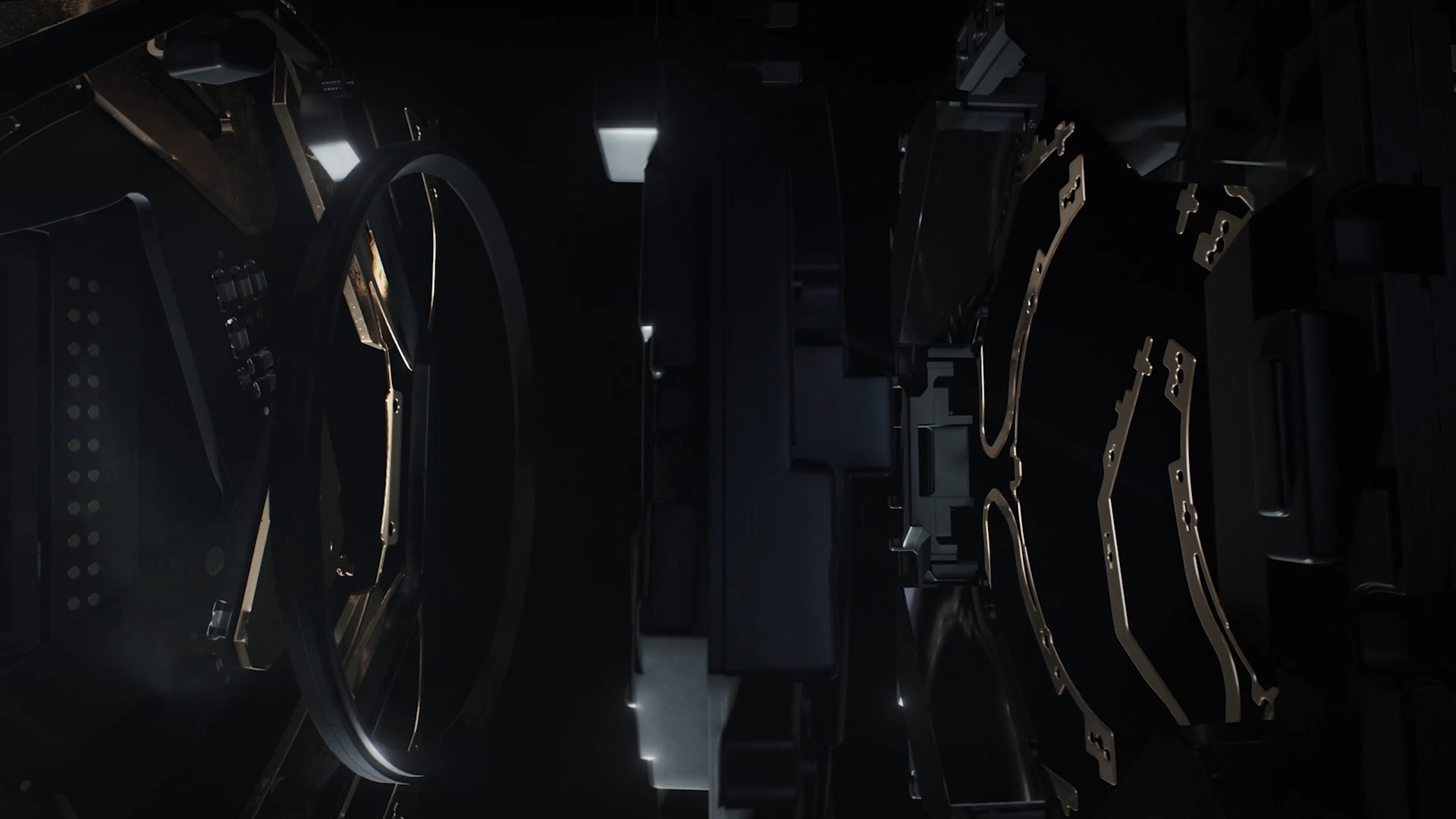

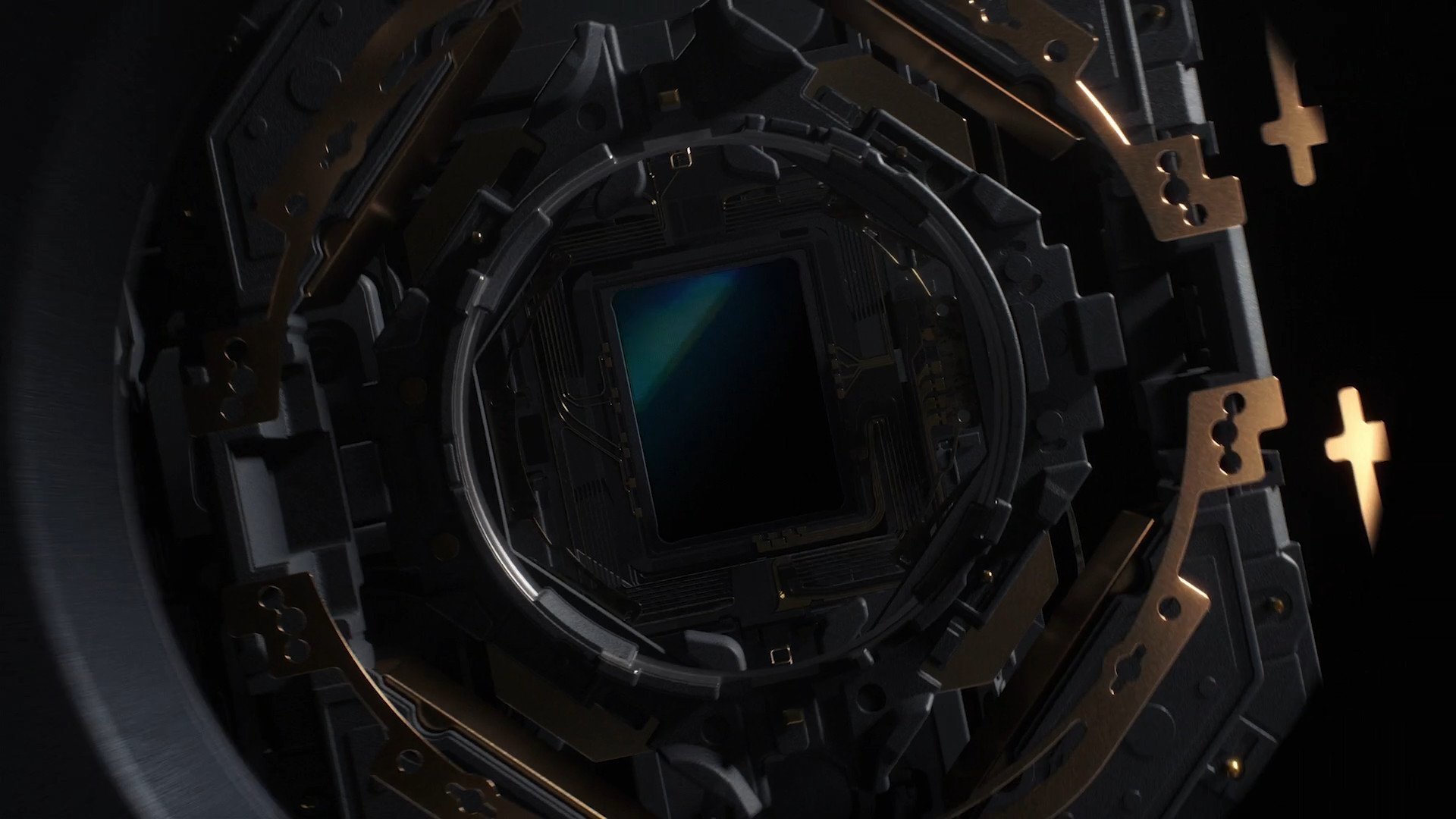
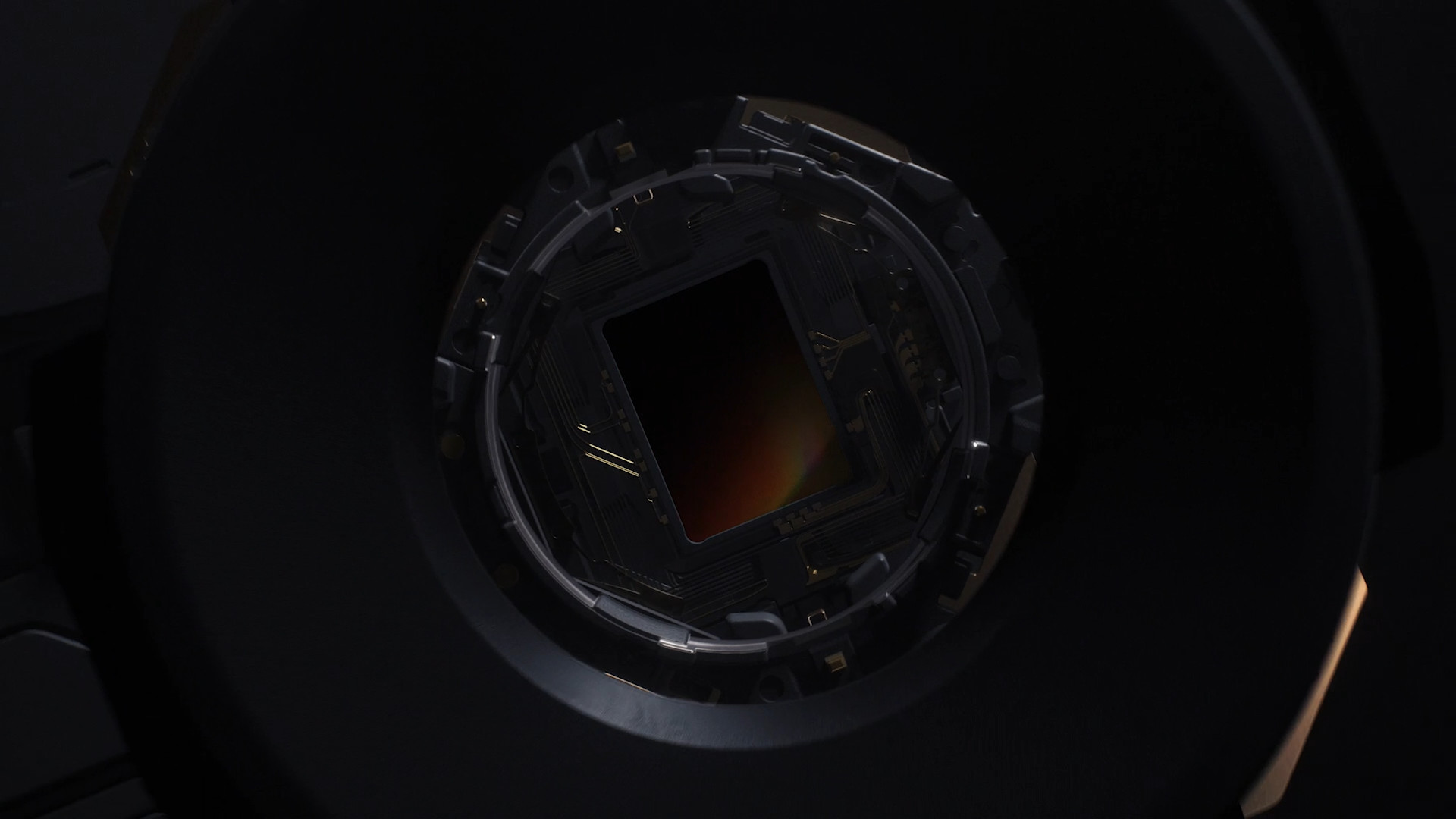
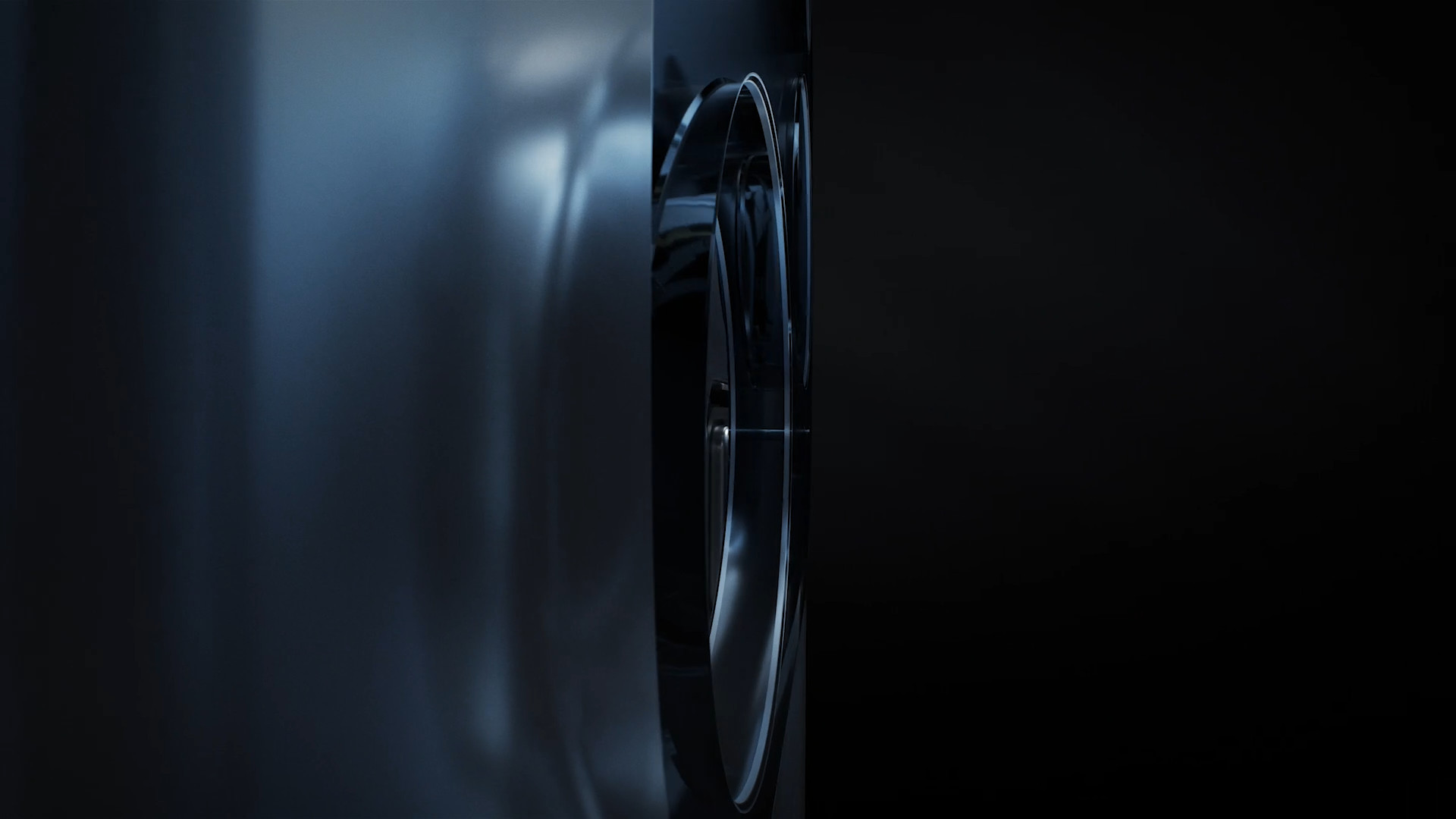

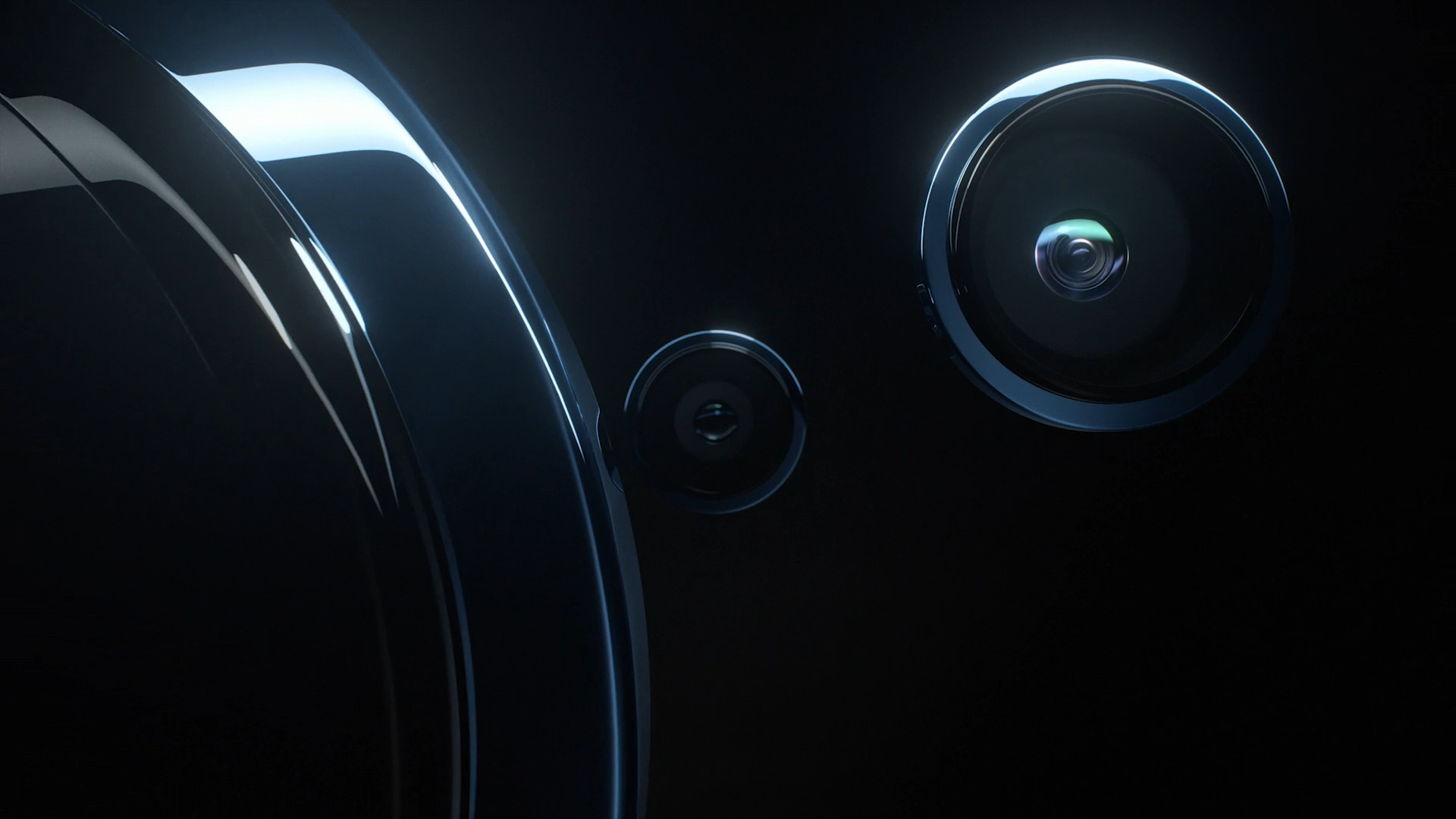
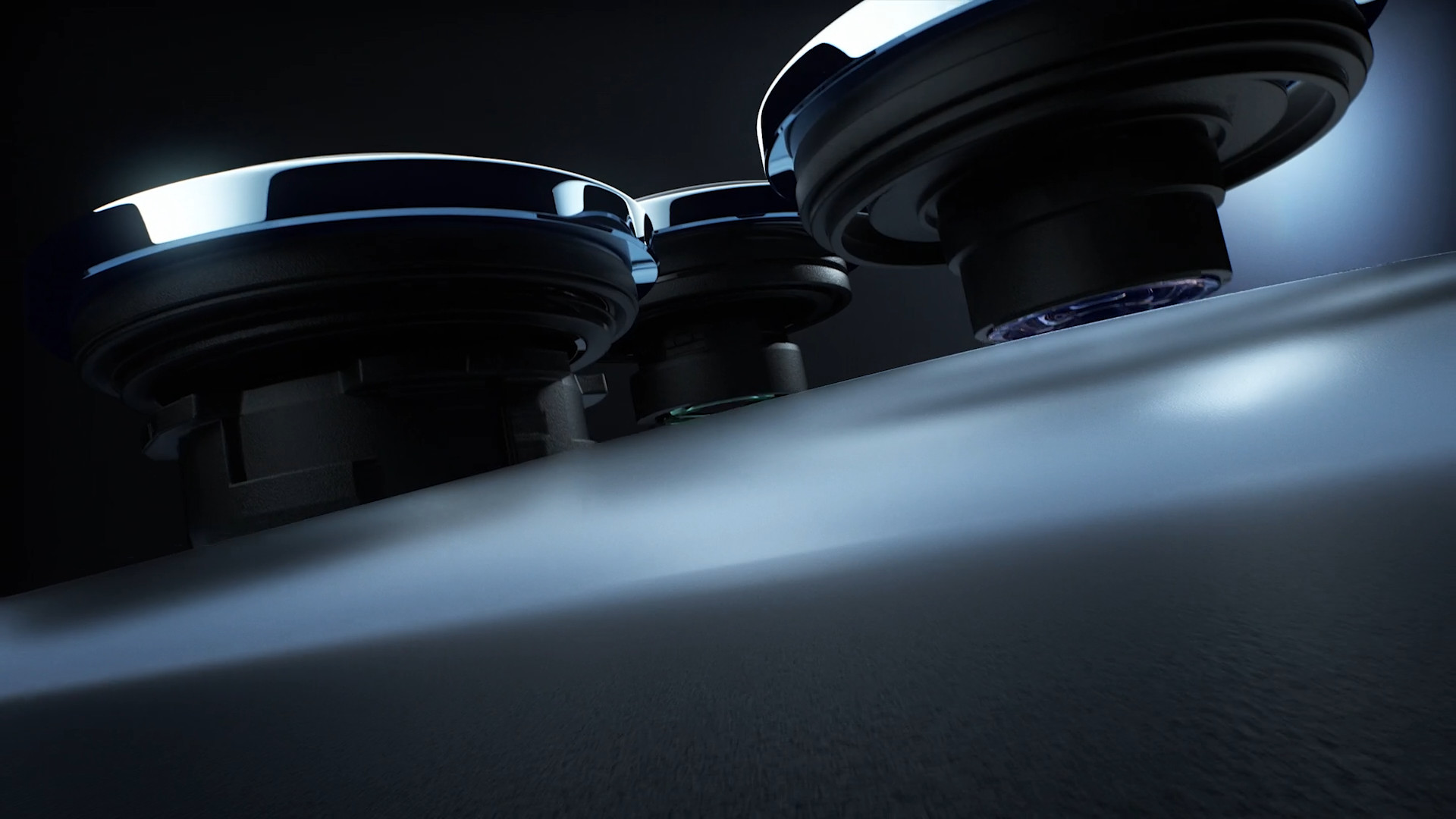
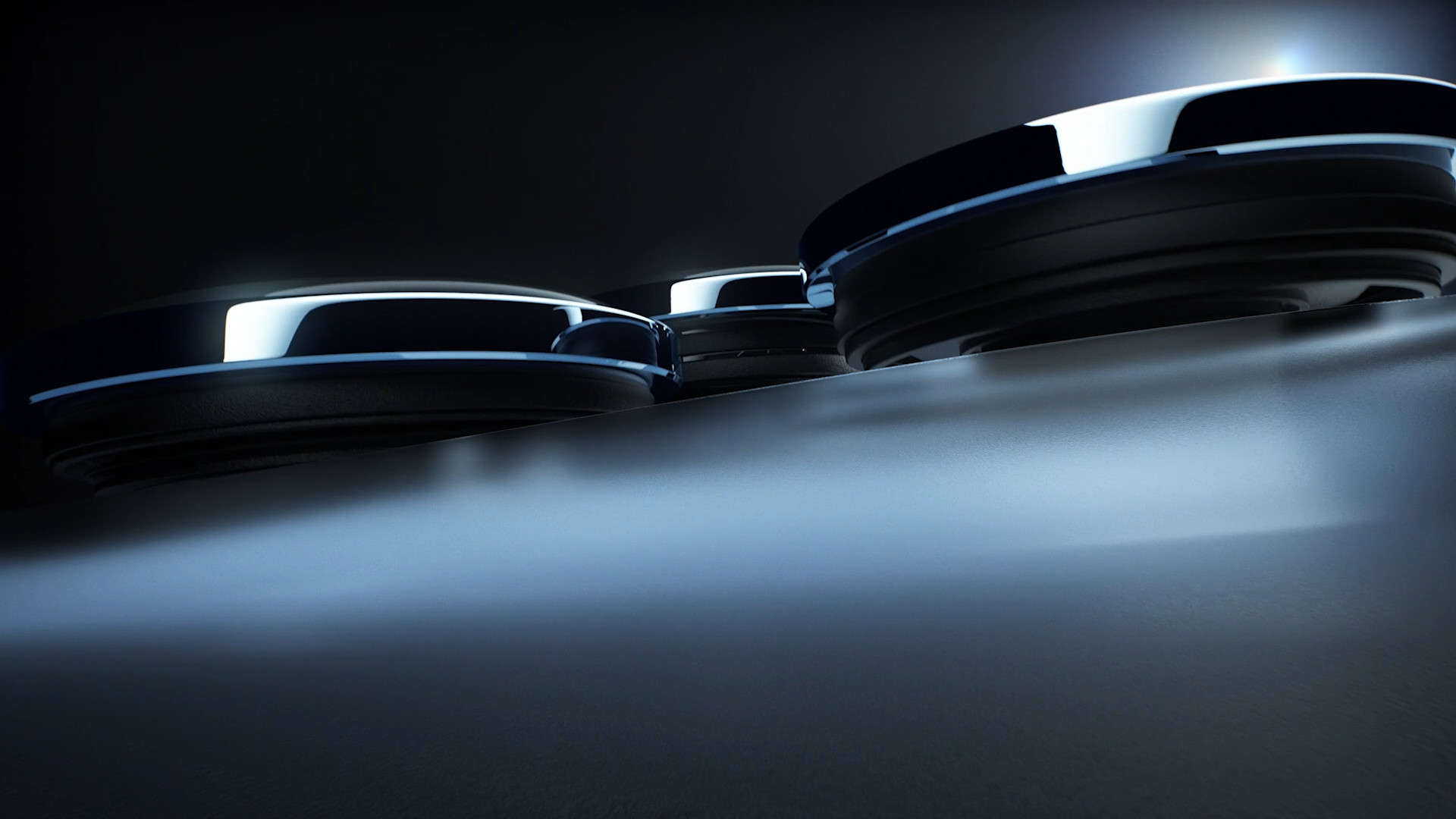
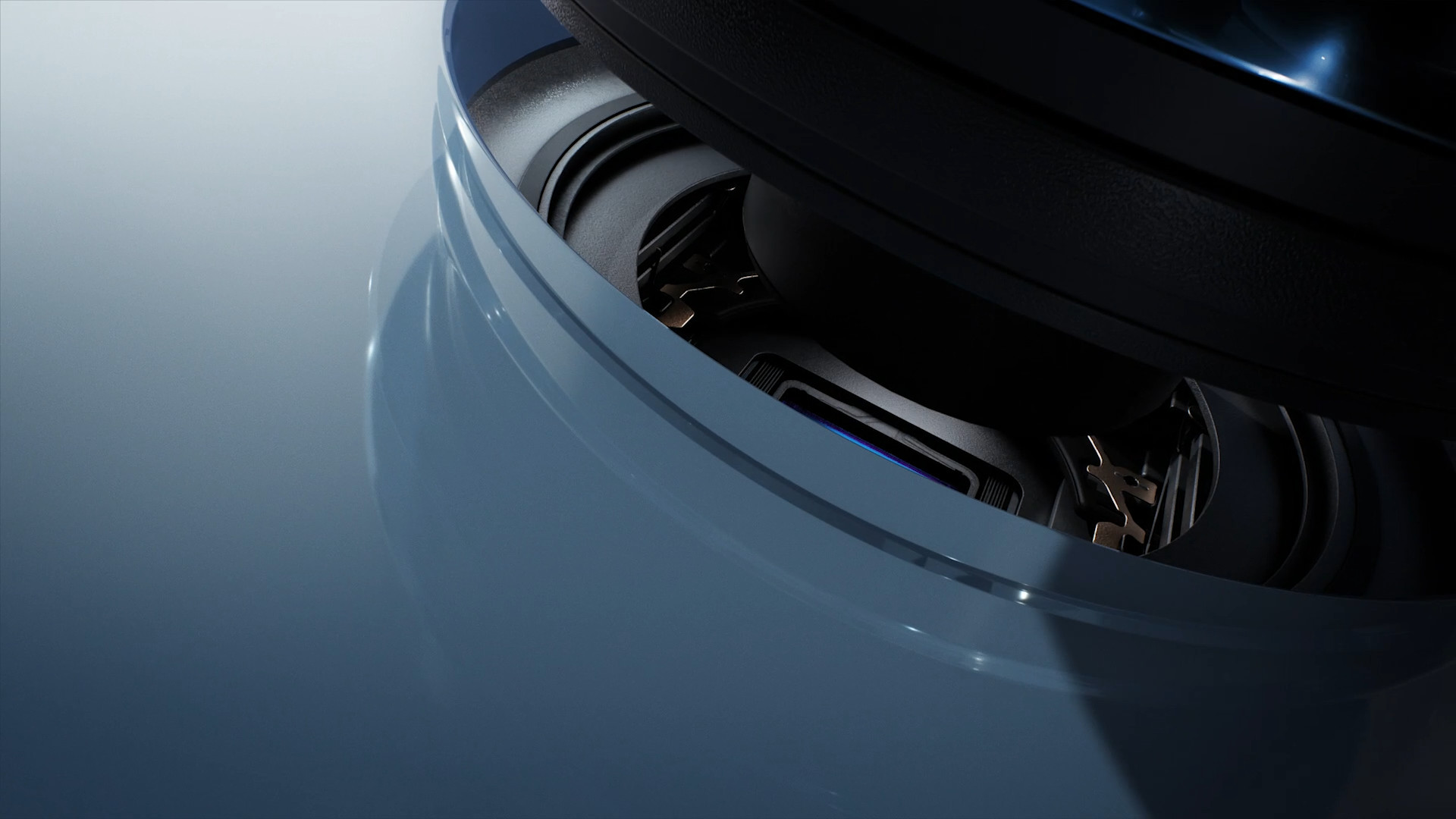
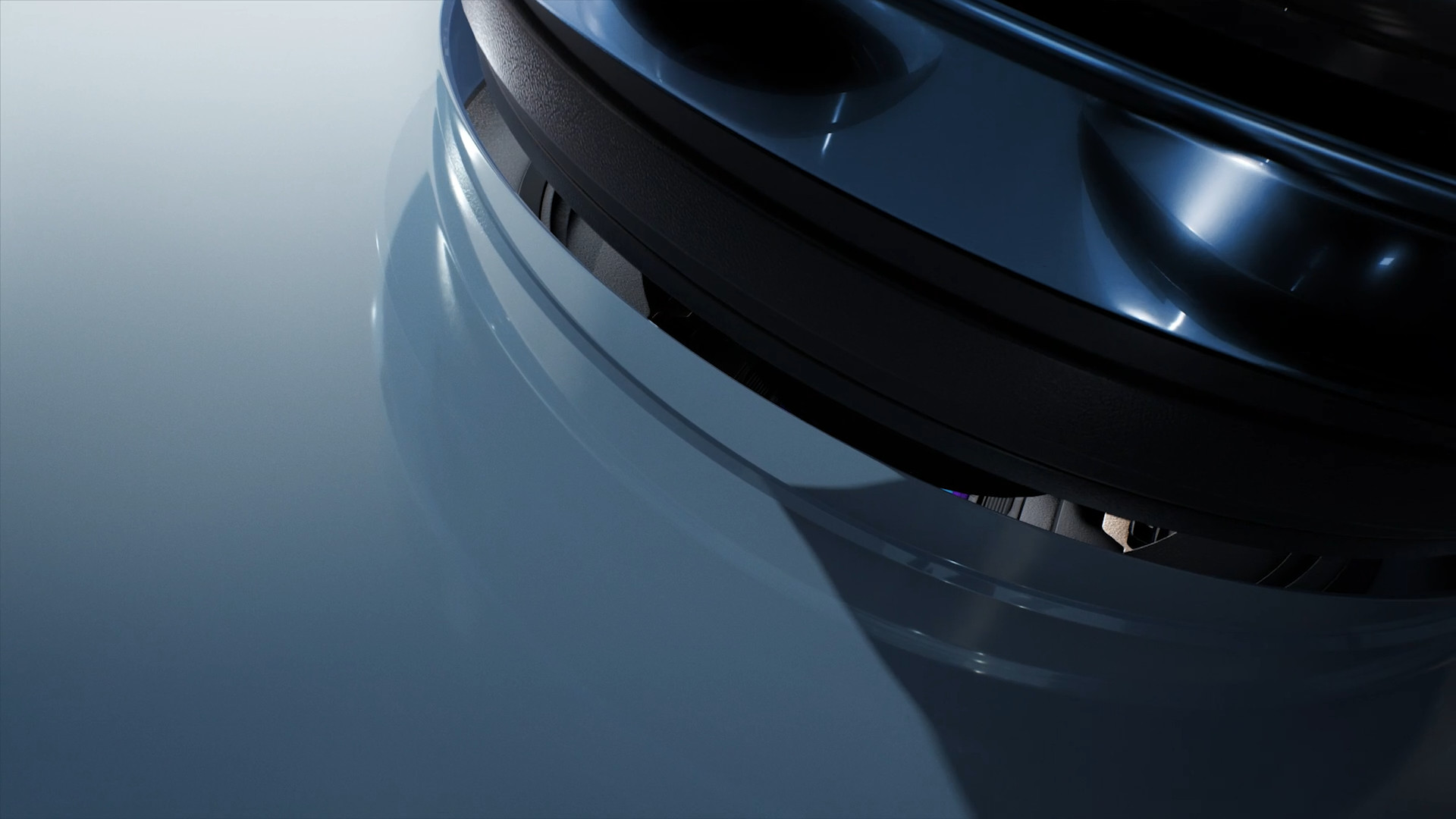
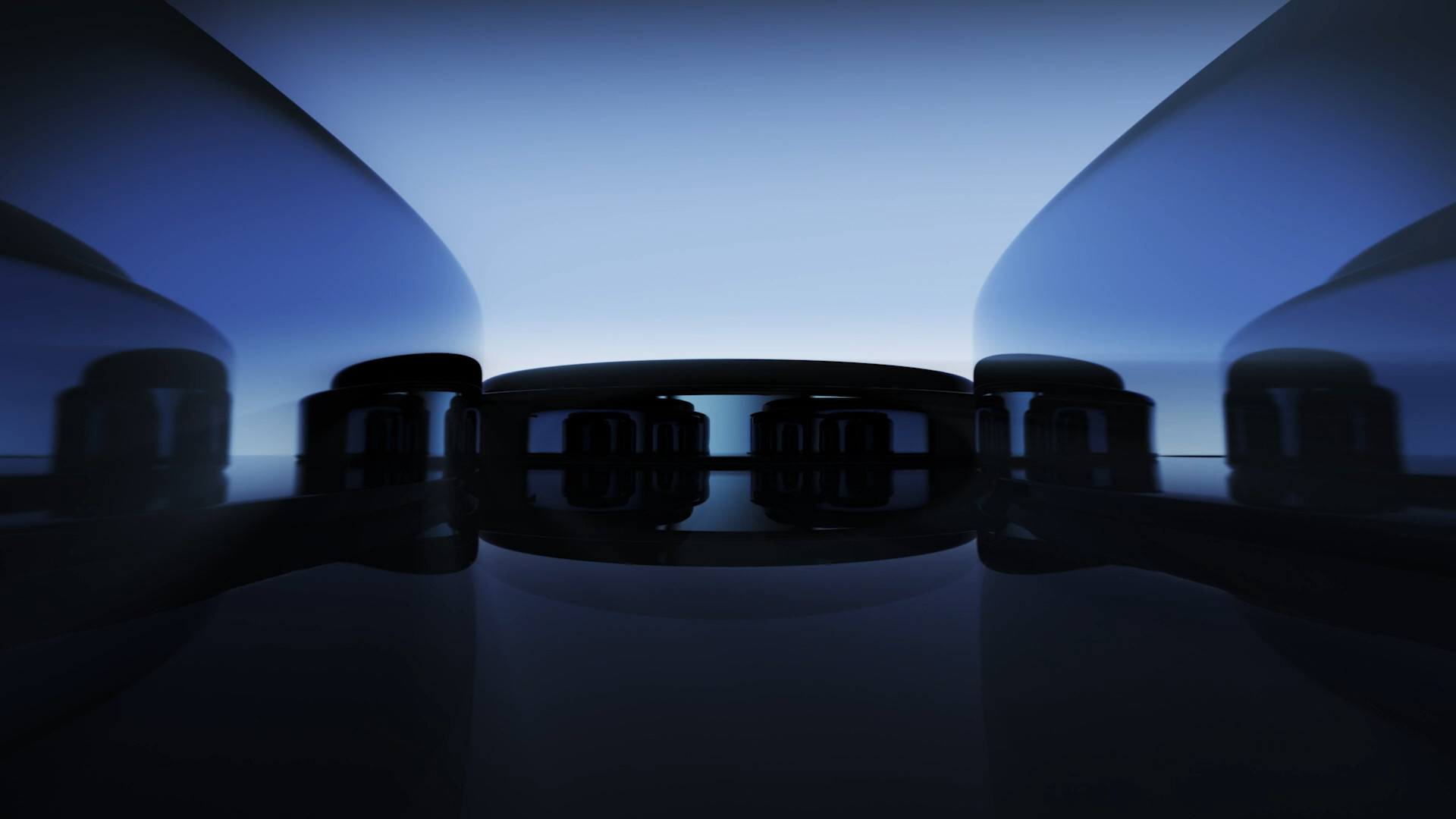
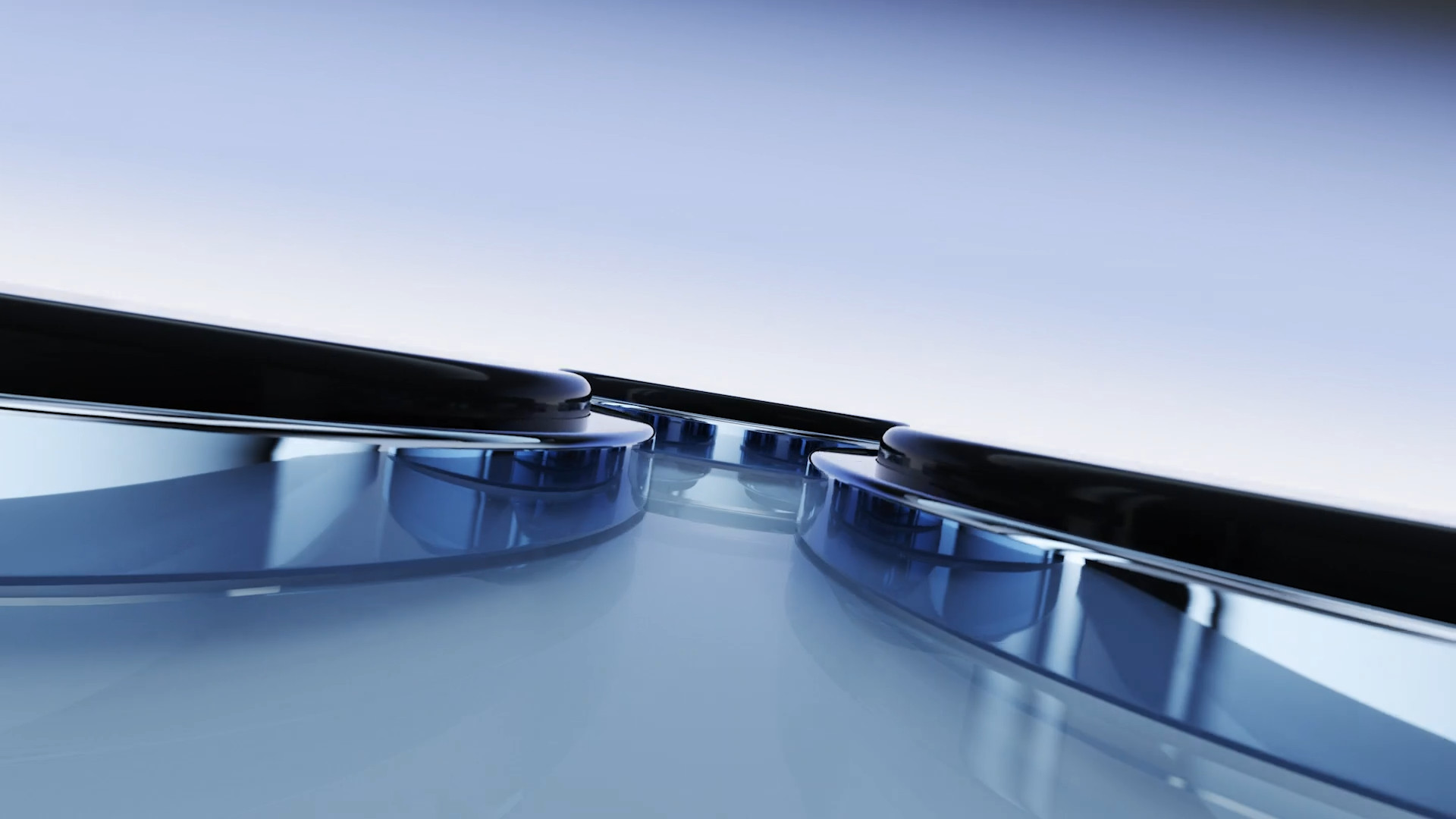

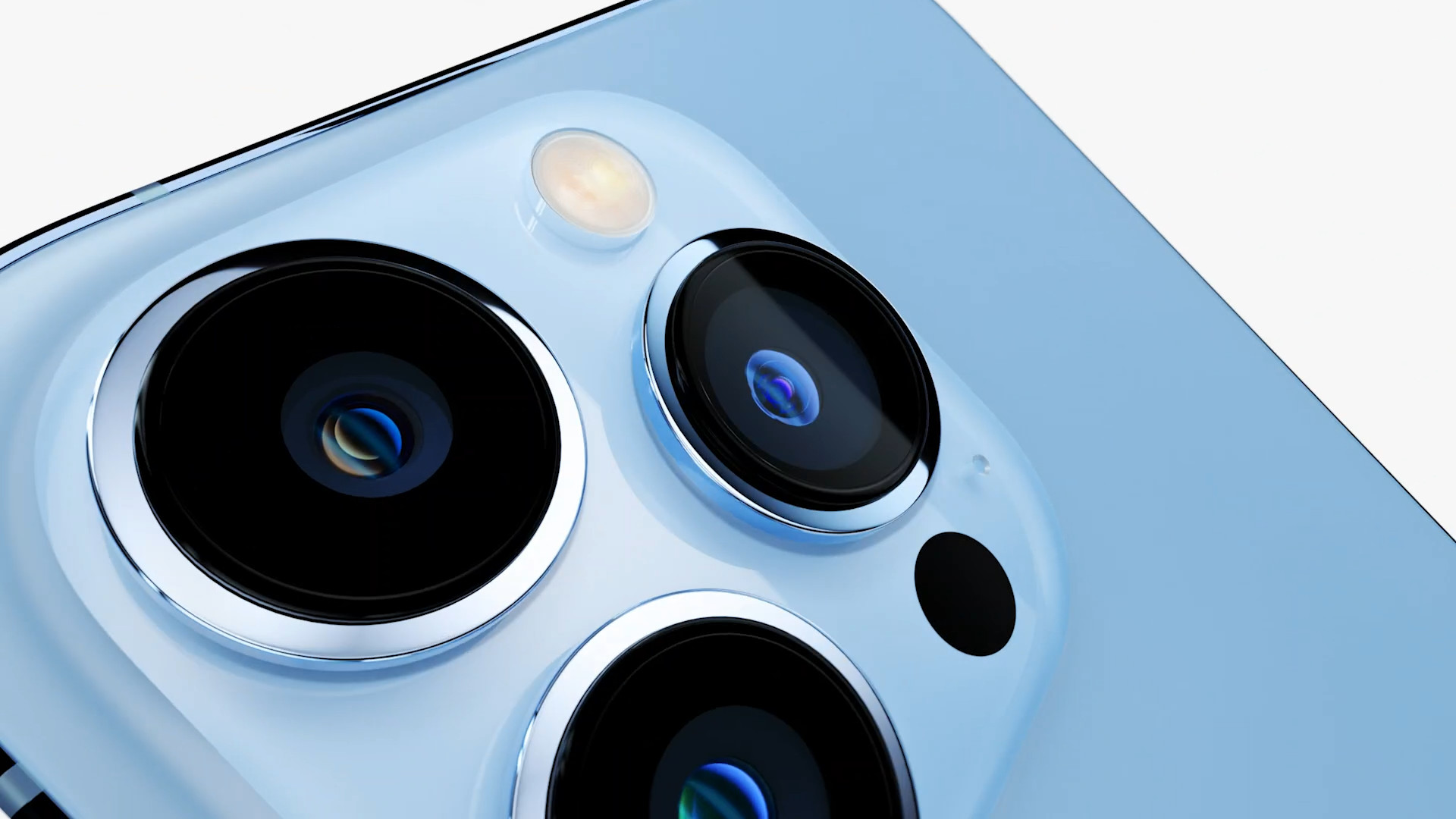


 Adam Kos
Adam Kos 

